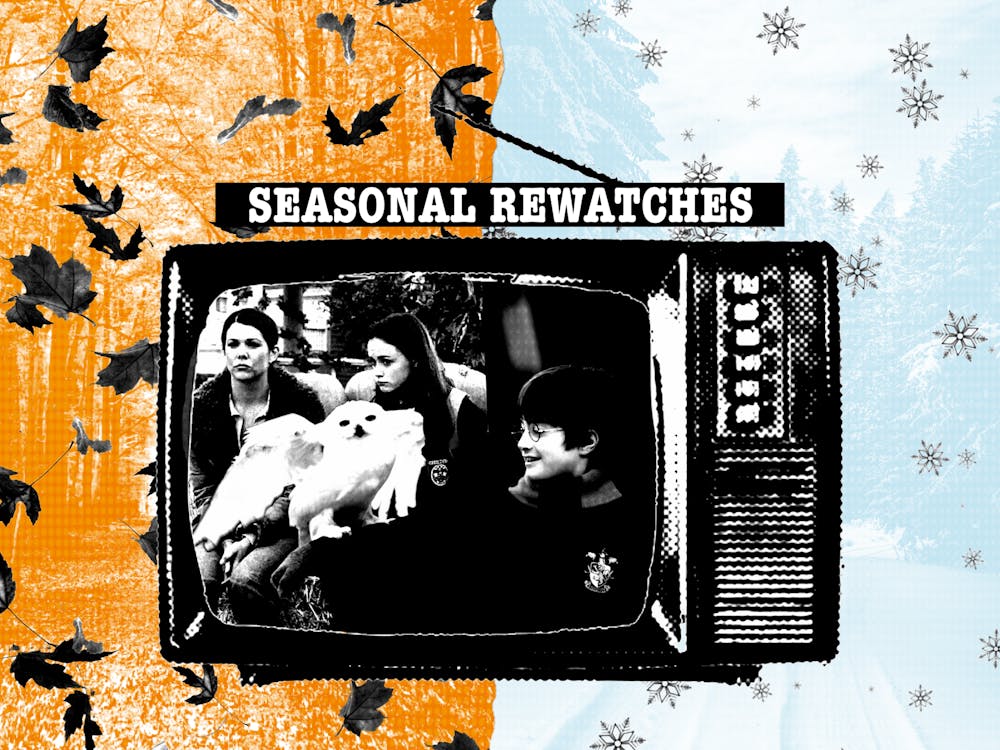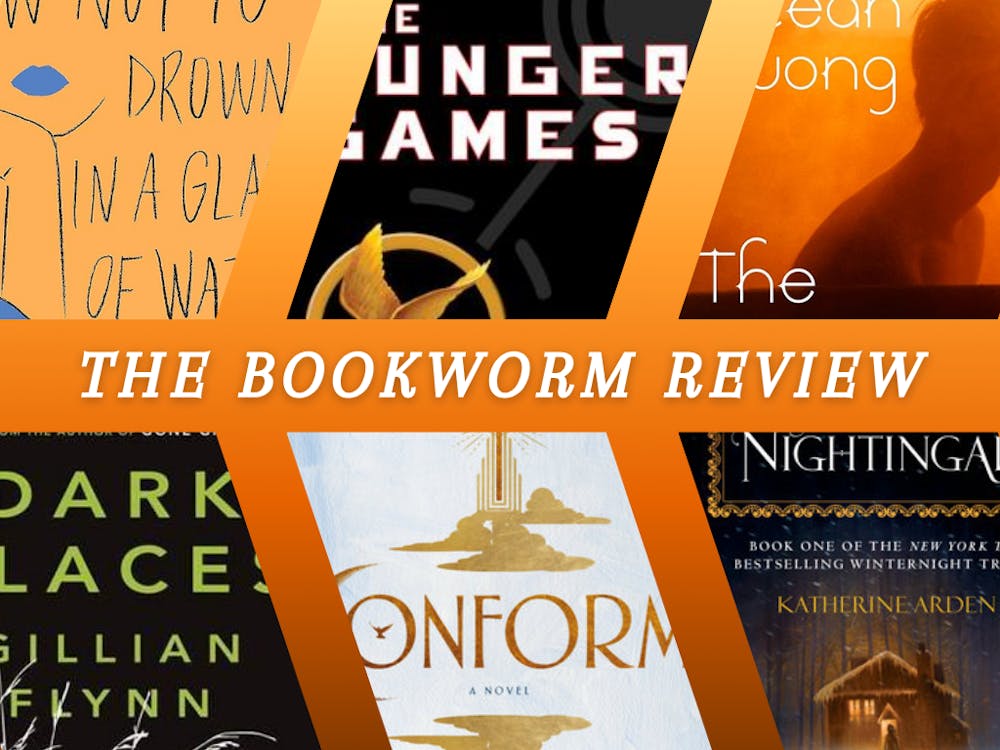We’re in the dark ages of streaming.
Streaming services used to feel like “the next big thing,” with a vast array of content and ease of accessibility. Now, the excitement has died as services have made fumble after fumble, raising prices and using password-sharing prevention techniques.
Perhaps the biggest fumble is the mismanaging of content. Services aren’t guaranteed to always have their full catalog available — “Over the Garden Wall” fans, for instance, were disappointed to hear the show left its home on Max before the ideal fall viewing months.
Even worse, streamers like Disney+ and Max began to remove their original shows and movies without warning, a tactic used to avoid paying writers residuals, partially leading to this year’s Writers Guild of America strike.
For years, I’ve experimented with both physical and digital media collections, and I’ll walk you through the pros and cons of each one.
Digital media’s perks and sharp decline
The main appeal of digital media for collectors has always been ease of access.
“Accessibility is a huge plus for digital files,” said Eric Harrelson, the preservation and conservation librarian at Miami University’s libraries. “You can be in Montana and access our digital files, and you certainly can’t access a print manuscript from that far away.”
Services like iTunes interested users because all their purchases could be accessed on any device that could run it. Plus, the prices are often much more manageable — a $10 digital movie or album does less damage to a wallet than a $25 vinyl record or high-end Blu-ray.
Subscriptions made even more sense to people because they could access more content without paying as much as they would buying albums and movies individually. However, this comes at a cost.
“A lot of times you listen to something on Spotify, the quality is reduced in favor of streaming access,” said Ryan Rosu, a Miami student who collects physical media. “When you have a library as big as Spotify’s, you have a lot more stuff than you would if you were just buying physical media, but you lose something in terms of sound quality.”
Enjoy what you're reading?
Signup for our newsletter
The compression used to keep file sizes small as media is uploaded to the internet can lead to minor changes, making online collection less than ideal for maintaining high quality video and audio.
The differences between preservation and consumption
For casual media consumption, the downsides of digital matter much less. The main problem comes for the collectors who are interested in preservation.
Besides the loss in quality, digital media isn’t as long-lasting as physical media.
“Outdated hardware, outdated software, incorrect naming convention, all sorts of things can lead to a loss of the digital file,” Harrelson said. “But there’s also the degradation of digital hardware as well.”
There are ways the internet can effectively be used to preserve media — the Internet Archive has made millions of books and thousands of movies available to the public for free — but the internet is still far behind physical media’s preservation options.
“There are films that don’t exist or that haven’t been digitized that still exist on DVDs,” Rosu said. “In theory, the internet has everything, but there’s always changing laws about who can have what.”
The process for getting films, books and more online takes work, making it difficult for the internet to catch up to physical media preservation.
Albums in particular can lose their original, full sound when compressed digitally rather than on a record (where sound waves are literally pressed into the vinyl). Music is typically recorded for an analog format, which can’t be easily translated to digital without some extra equipment and a hefty budget.
“It’s expensive to digitize,” said Alia Levar Wegner, the digital collections librarian at Miami. “Lots of time, money and then what we call metadata, information about that item so it doesn’t appear online with no context.”
Records, CDs, physical books and DVDs just last longer and can’t be tampered with. Problems have arisen in the past year as studios have gone back to change movies and TV shows. Disney editing a racial slur out of the film “The French Connection,” “Spider-Man: Across the Spider-Verse” having many changes as it went from theaters to streaming and various other examples have all left people feeling weary about digital media.
Some companies have tried to lessen these fears with tactics like putting disclaimers before cartoons that might be offensive and releasing physical editions of shows and movies that were previously only streaming. The problem is the companies airing these disclaimers are often the same ones making changes, and the physical releases don’t include shows and movies that have already been taken off streaming services.
Physical media: Is the expense worth it?
Aside from the preservation aspect, physical media still has some perks for the average consumer.
“One of the biggest things is the idea of actually having an object,” Rosu said. “There’s a lot of labor put into creating something like a music album, a film, a book.”
Rosu, a senior English literature, film studies and philosophy triple major at Miami, has collected hundreds of vinyl records and DVDs. He also holds weekly film screenings Fridays at 3 p.m. in the Western Center, which he sources from his own collection.
Rosu also works at Black Plastic Records, a store Uptown that sells music on vinyl.
Of all physical media, vinyl records in particular have seen quite a spike in popularity. Steve Schmoll, owner of Black Plastic, said he’s noticed this with his store.
“It just kind of correlates with people just spending too much time working at their computers and phones all day,” Schmoll said. “I think when the lockdown happened, it just really burned people out on that.”
Part of the appeal of having the records, Schmoll said, is the ability to show something that defines yourself.
“You buy a record, you’ll have it 10 or 15 years from now,” Schmoll said. “It’s kind of like buying a physical embodiment of who you are.”
Other beneficial side effects have come with resurgences in physical media. Rosu said collecting physical media can help eliminate the paradox of choice, where people have too many options and can’t decide on anything.
Both Schmoll and Rosu said the format of the record forces people to listen to music how it’s intended, rather than picking out individual songs from services like Spotify.
“A record is something that you listen to from beginning to end,” Schmoll said. “It’s kind of planned out the way a song is written where it has its dynamics of ups and downs and an ending, and an album is the same way.”
Whether you choose physical or digital for your own media consumption is totally up to you, but Rosu did leave people with this message:
“If you care about art, it’s important to keep buying physical media, because that’s the only way it keeps getting made.”




